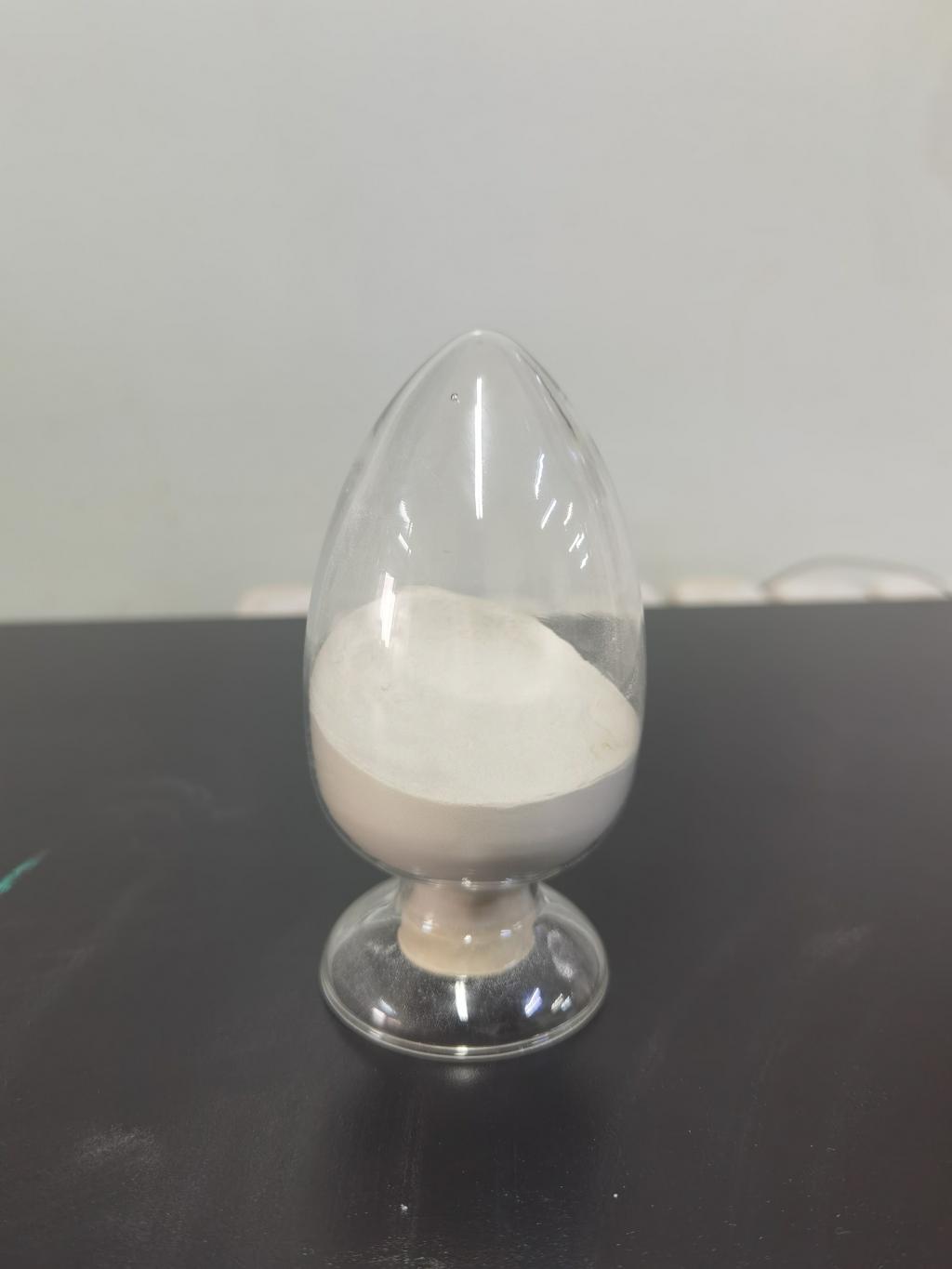Tel:+8618231198596

News
 CONTACT
CONTACT
 CONTACT
CONTACT
- Linkman:Linda Yao
- Tel: +8618231198596
- Email:linda.yao@dcpharma.cn
- Linkman:CHARLES.WANG
- Department:Overseas
- Tel: 0086 0311-85537378 0086 0311-85539701
News
Nisin's Contribution to the Circular Economy: Reducing Food Waste
TIME:2024-01-30
I. The Circular Economy Paradigm:
Definition and Principles:
The circular economy is a regenerative approach that aims to minimize waste and make the most of resources. In the context of the food industry, it involves designing processes that prioritize sustainability, resource efficiency, and the reduction of environmental impact. Nisin, with its ability to enhance food preservation, aligns seamlessly with the principles of the circular economy.
II. Nisin as a Natural Preservative:
Antimicrobial Properties:
Nisin's effectiveness against a broad spectrum of bacteria, including spoilage and pathogenic strains, makes it a valuable tool in the fight against food waste. By inhibiting microbial growth, nisin extends the shelf life of perishable goods, reducing the likelihood of spoilage and the subsequent disposal of unsold products.
Preservation of Fresh Produce:
Fresh fruits and vegetables are particularly prone to rapid deterioration, contributing significantly to food waste. Nisin, when applied in appropriate formulations, has shown promise in preserving the freshness of produce. This not only benefits consumers by reducing food spoilage at home but also addresses the waste generated throughout the supply chain.
III. Nisin in Meat and Seafood Preservation:
Extending Shelf Life:
Nisin's application in meat and seafood products has demonstrated its ability to extend shelf life by inhibiting the growth of spoilage and pathogenic microorganisms. This not only reduces the amount of food discarded due to spoilage but also enhances the overall efficiency of the supply chain.
Reduction of Preservative Dependence:
The meat and seafood industry often relies on synthetic preservatives to prevent spoilage. By incorporating nisin into preservation strategies, there is potential to reduce dependence on synthetic additives, contributing to a more sustainable and environmentally friendly approach.
IV. Challenges and Innovations:
Formulation Considerations:
Despite its potential, integrating nisin into various food products requires careful consideration of formulation challenges. Researchers are actively exploring innovative encapsulation techniques and delivery systems to optimize the stability and efficacy of nisin in diverse food matrices.
Consumer Perception:
Consumer acceptance and perception play a crucial role in the success of any sustainable food preservation strategy. Education and communication efforts are needed to inform consumers about the benefits of nisin, dispelling any concerns and fostering acceptance of this natural preservative.
V. Global Initiatives and Regulations:
Collaboration for Sustainability:
Global initiatives and collaborations among governments, industry stakeholders, and research institutions are essential to drive the adoption of nisin as a sustainable food preservation solution. Shared knowledge and best practices can accelerate the transition to a circular economy within the food industry.
Regulatory Support:
Clear regulatory frameworks that support the use of nisin in food preservation are crucial for its widespread adoption. Advocacy for regulatory approval and standardization can streamline the integration of nisin into diverse food products, promoting a circular economy in the global food industry.
VI. Future Prospects:
The article concludes by discussing the future prospects of nisin in the context of the circular economy. Continued research, technological advancements, and collaborative efforts are essential to unlock the full potential of nisin in reducing food waste and promoting sustainable practices within the food industry.
Conclusion:
Nisin's role in reducing food waste aligns with the principles of the circular economy, offering a natural and effective solution to extend the shelf life of perishable goods. As the global community intensifies its efforts to combat food waste, the integration of nisin into food preservation strategies holds great promise. Through collaborative initiatives, regulatory support, and ongoing research, the food industry can leverage nisin to contribute significantly to the realization of a circular economy, where waste is minimized, resources are optimized, and sustainability is prioritized.
- Tel:+8618231198596
- Whatsapp:18231198596
- Chat With Skype







